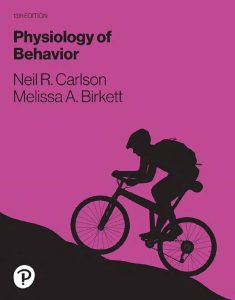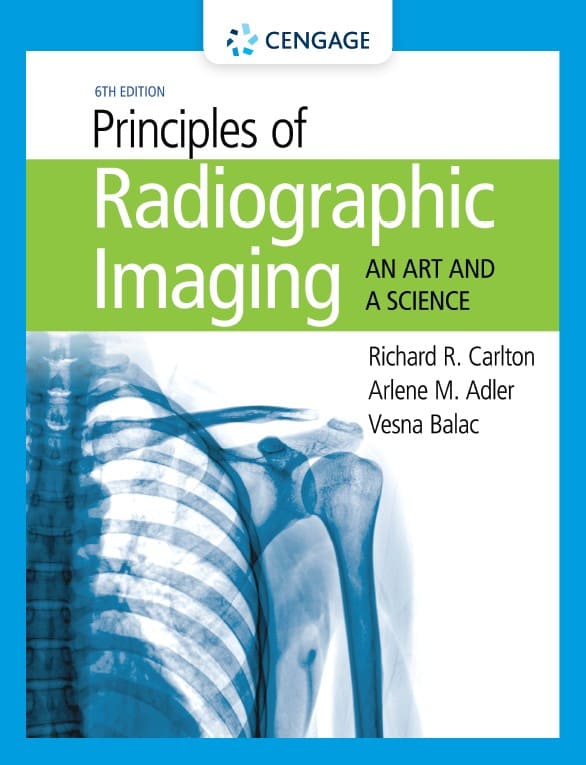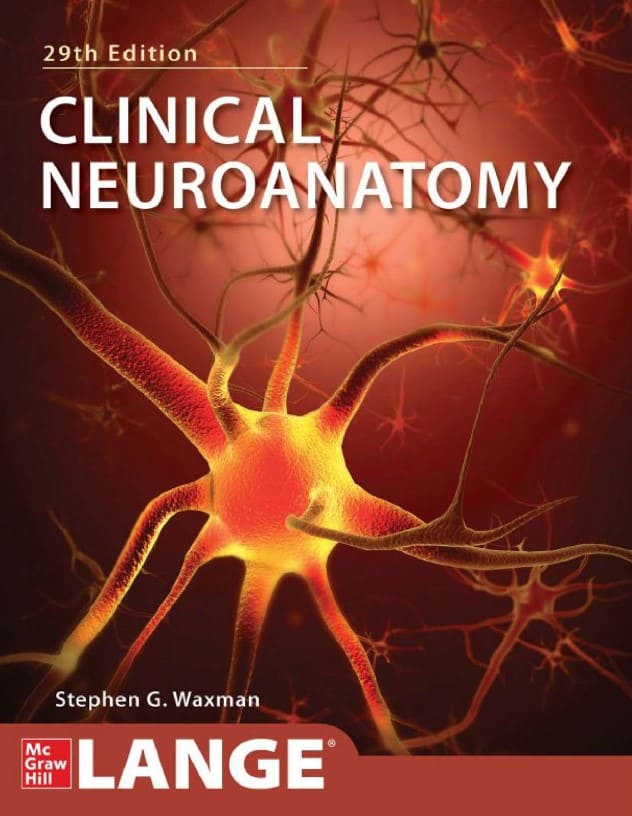 Explore Physiology of Behavior (13th Edition) by Neil R. Carlson and Melissa A. Birkett.
Explore Physiology of Behavior (13th Edition) by Neil R. Carlson and Melissa A. Birkett.
In this edition, Melissa Birkett updated content to reflect new research developments and formulated a separate chapter on disorders of the developing nervous system. Drawing upon teaching experience and work with students, this edition was designed to provide a comprehensive and accessible guide for students of behavioral neuroscience.
The first part of the book covers foundations of behavioral neuroscience, including the history of the field, the structure and functions of neurons, neuroanatomy, psychopharmacology, and research methods. The second part focuses on inputs and outputs that guide behavior, such as the sensory and motor systems.
The third part examines species-typical behaviors, including sleep, reproduction, emotional behavior, and ingestion. The chapter on reproductive behavior addresses parental behavior as well as courting and mating.
The chapter on emotion discusses fear, anger, aggression, emotional communication, and the experience of emotions. The chapter on ingestive behavior explores the neural and metabolic bases of drinking and eating.
The fourth part investigates learning, featuring research on synaptic plasticity, neural mechanisms underlying perceptual and stimulus-response learning (including classical and operant conditioning), human amnesia, and the hippocampal formation’s role in relational learning. The final part analyzes the neural basis of human communication, along with neurological, mental, and behavioral disorders.
The research reported in this edition reflects both the enormous advances made in research methods and the discoveries these methods have revealed. In neuroscience, as soon as a new method is developed in one laboratory, it is adopted by other laboratories and applied to a wide range of problems.
Researchers combine techniques that converge upon the solution to a problem and employ many methods, often in collaboration with other laboratories.
The art in this book continues to evolve. For this thirteenth edition, the art has been updated to improve accessibility and to keep up with the latest findings and studies in the field. Consistent effort has been made to ensure the content remains up to date and accurate. The new art in this edition aims to reflect that ongoing commitment.
Contents
- Introduction
- Structure and Functions of Cells of the Nervous System
- Structure of the Nervous System
- Psychopharmacology and Neurotransmitters
- Methods and Strategies of Research
- Vision
- Audition, the Body Senses, and the Chemical Senses
- Control of Movement
- Sleep and Biological Rhythms
- Reproductive and Parental Behavior
- Emotion
- Ingestive Behavior
- Leaming and Memory
- Human Communication
- The Developing Nervous System
- Neurological Disorders
- Schizophrenia and the Affective Disorders
- Stress and Anxiety Disorders
- Substance Abuse
Explore Physiology of Behavior (13th Edition) by Neil R. Carlson and Melissa A. Birkett in pdf.
Password: biology.com.pk
File Size: 189 MB. Pages: 737. Instructions. Kindly read the disclaimer.
You can also purchase Physiology of Behavior (13th Edition) by Neil R. Carlson and Melissa A. Birkett from Amazon by clicking the image below.
You may also like to explore the following:
- Biological Psychology (14th Edition) by James W. Kalat
- Brain and Behavior: An Introduction to Behavioral Neuroscience (6th Edition) by Bob Garrett and Gerald Hough
- Carpenter’s Neurophysiology: A Conceptual Approach (6th Edition) by Dunecan Massey, Nick Cunniffe and Imran Noorani
Explore hundreds of best-selling books in Biochemistry, Biology, Botany, Medicine, Microbiology, Psychology, and Sociology in the Biological Sciences Section.
Happy studying!





